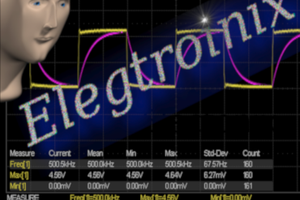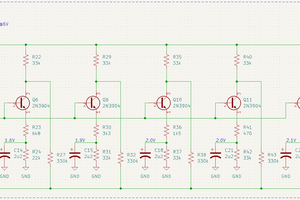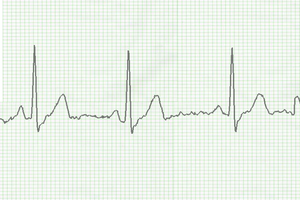For signal input, the current design is for an electret microphone. This likely will not last, as it will also pick up ambient noise, which isn't really ideal. Once I have a real sound system, I might add a switch between ambient sound and hardwired audio.
The filters are five active Sallen-Key filters, three band pass, one low pass, and one high pass. The LPF has a band of 3.3ish kHz, to allow for a small band around 4 kHz that is similarly attenuated by both adjacent filters. This crossover band will be present between all 4 pairs of adjacent filters. The cutoff frequency for the HPF will be around 15 or 16 kHz, although I may move it down, as I cannot hear much past 16, rendering the filter moot.
The filter stages would each lead to the LED driver, made from scratch with a series resistor network; the voltage after each resistor would be given to an op-amp, used here as a comparator. The incoming signal is compared to each voltage, and will turn on an associated LED if it surpasses the level of the voltage divider. Credit to Dr. Tony Pinar for that idea.
What's done so far?
The signal input stage has been designed. The LPF has been designed and built, but not battle tested. The bands aren't even very final yet. The LED has been designed, built, and battle tested. Only one has been built, but there are no variations between these, like with the filters.
TODO:
Test LPF
Solidify plans for BPF natural frequencies and bandwidths (plot in Mathematica?)
Build and test mic circuit
etc
 Alex
Alex
 Ringo2k
Ringo2k
 Manuel Tosone
Manuel Tosone
 Ghani Lawal
Ghani Lawal
 Nitesh Kadyan
Nitesh Kadyan